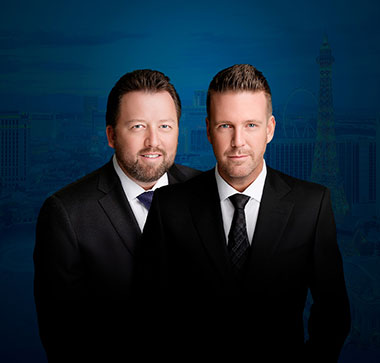Driver-less cars have been something out of a science fiction novel for the past several years, however as cars have become more and more autonomous this is no longer the case. Cruise, a company based in San Francisco, has made headlines for their robot-taxis, which essentially allows for driver-less rideshares. Cruise, along with Google’s Waymo were given the green light by California regulators in August to operate throughout San Francisco at all hours (they were previously only allowed to operate at off-peak traffic hours). While this technology is exciting, it also poses certain questions regarding liability.
A recent example of this was in early September when city of San Francisco authorities and Cruise were at odds over accusations that robot-taxis owned by the company blocked the road for an ambulance and “delayed patient care”. The city stated that the actual incident was reported on August 14th, when first responders were treating a pedestrian who had been struck by a vehicle and sustained life-threatening injuries. Two autonomous Cruise robot-taxis were stopped in nearby lanes and “blocked ingress and egress.” Law enforcement attempted to move the vehicles manually in order to get by but were unsuccessful.
This isn’t the first time an incident like this has occurred, and city residents have expressed outrage over these driver-less vehicles causing chaos—driving recklessly, blocking thoroughfares, and getting in the way of first responders. First responders have expressed concern over patient outcomes when self-driving cars are unable to respond to their surroundings, stating that “This delay, no matter how minimal, contributes to poor patient outcomes”.
Cruise, however, denies the city’s accusation and spokesperson Tiffany Testo stated that the company continues to keep an open line of communication with first responders and law enforcement, but also noted that “… during the course of more than three million miles of fully autonomous driving in San Francisco, we have seen enormous number of emergency vehicles – more than 168,000 interactions just in the first seven months of this year alone.” [1]
Liability in Rideshare Accidents—how can Autonomous Cars Factor in?
While Cruise is currently operating in California, it is highly likely that such technology will make it way to its neighbor, Nevada, and cities like Las Vegas and Reno. Ride-share and Taxi laws in Nevada are important to understand when discussing liability if one were to get in an accident while riding in one. Nevada Revised Statutes Chapter 706A covers any “transportation network company” that utilizes applications or digital communication to partner drivers with passengers for transportation purposes, something a company like Cruise would likely fall under [2].
Nevada is an “at-fault state”, meaning that when it comes time to assess liability in an accident involving a rideshare/taxi, it will depend upon who caused the accident. In addition, under Nevada law comparative negligence applies, meaning an injured person can receive limited compensation if they have been found to bear some responsibility in the crash occurring. While police reports are often one of the first steps in determining fault, this can be rebutted later if the case goes on trial and both parties involved are able to present evidence.
In the case of traditional rideshare accidents involving a driver, both the driver and the rideshare’s respective insurances can be used to pay for damages, depending on the circumstances of the occurrence of the accident, as well as who is at fault. Since autonomous vehicles do not have a “driver” it can be assumed that the company’s insurance would be liable for damages. This also raises the question if these “robots” should be insured as a human driver would.
However, since autonomous vehicles involve more software, as well as the fact there is no human physically behind the wheel, this question can become a bit more complex. Now, the focus shifts from driver negligence to manufacturer liability. An article from Scientific American states that the surge of autonomous vehicles will “Eventually, and inevitably” result in the carmakers and manufacturers having to take the blame, or at least carry the burden to prove that their vehicle did not cause the crash [3].
As driverless cars become more of a reality, lawmakers will be forced to deal with updating and revising our laws to reflect our changing society. However, for the time being, we can watch and learn from cities like San Francisco as they navigate these new times.
[1] https://apple.news/AUVzmNN04SBeJyH8ljmjNpw
[2] https://www.leg.state.nv.us/NRS/NRS-706A.html#NRS706ASec060
[3] https://www.scientificamerican.com/article/who-is-liable-when-ai-kills/


